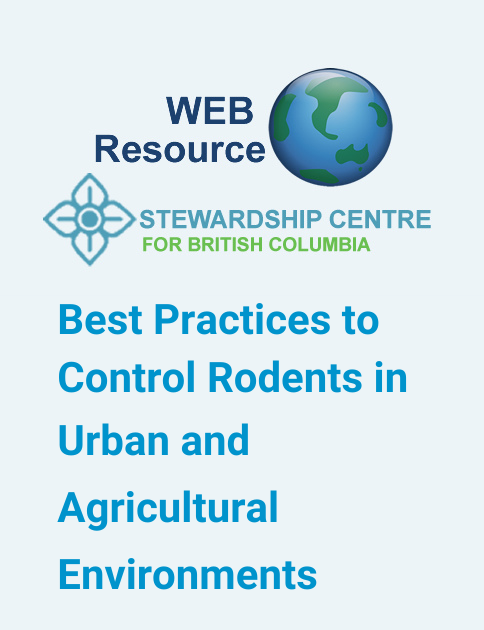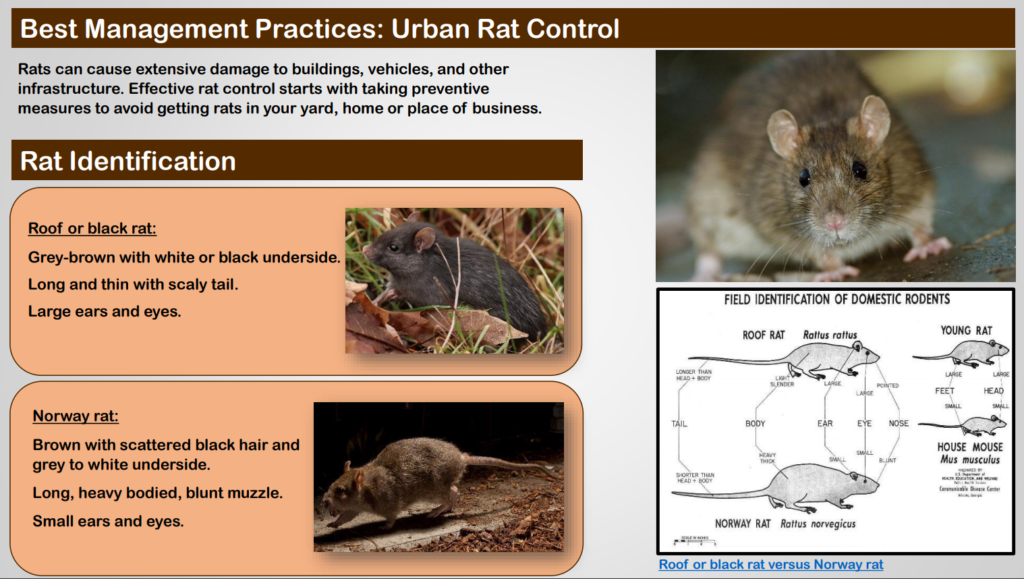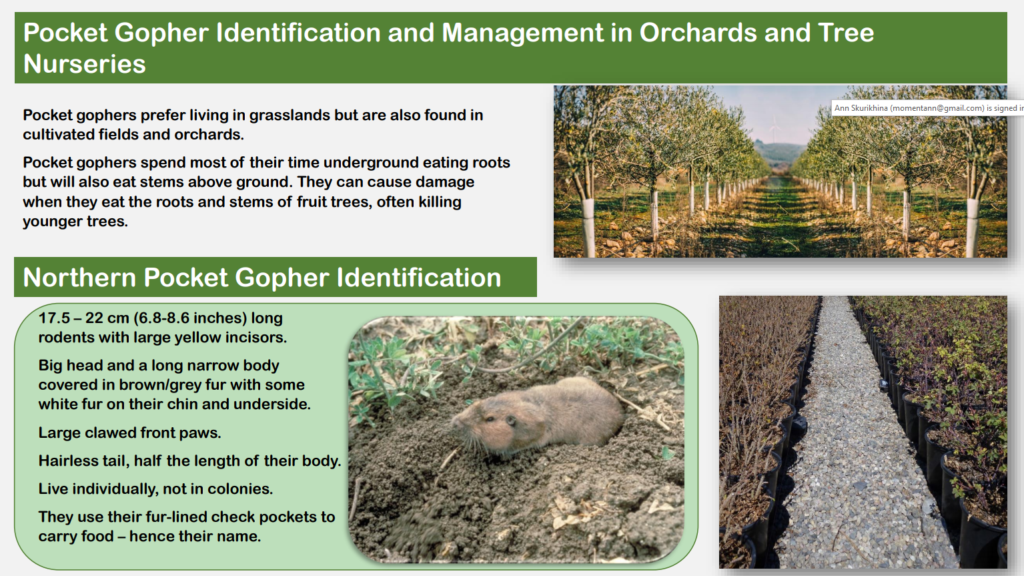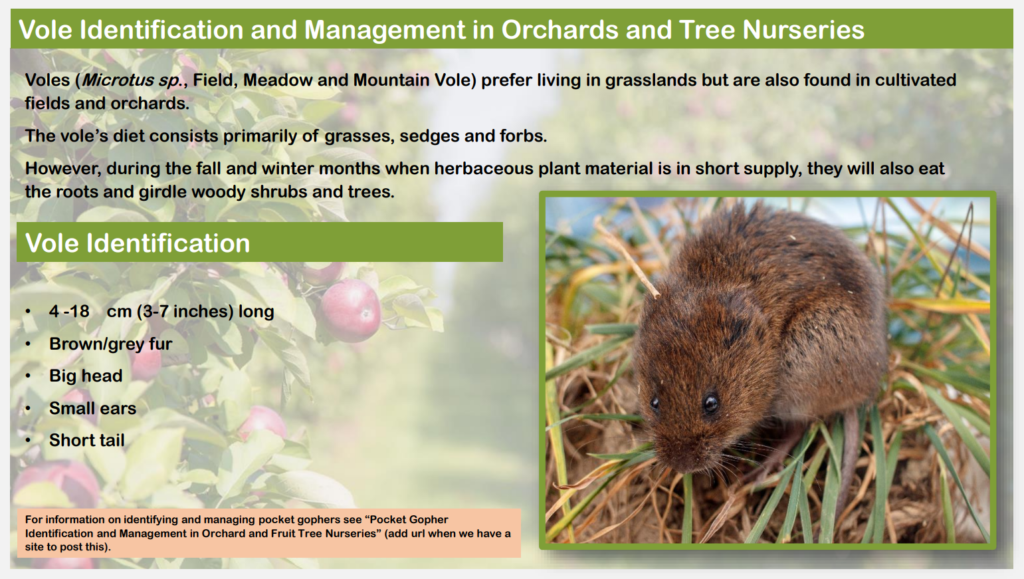Species at Risk | Best Practices to Control Rodents in Urban and Agricultural Environments
Nobody wants to have rodent problems, especially not in your house and garden! However, controlling rodents can be challenging and often requires multiple strategies.

These outreach documents and videos are intended to provide best practices on how to control rats in urban and agricultural environments, and voles and pocket gophers in orchards and tree nurseries.
The practices are part of an integrated pest management decision-making framework where the least severe intervention and the most effective method given the specific circumstances is considered first, such as removing food sources and modifying the habitat making it less attractive to rodents. Keeping in mind, long term sustainable control can only be achieved by reducing the rodent carrying capacity of the environment.
Rodenticides should only be used as a last resort to control rodents in a targeted and efficient manner. Long-term rodenticide baiting is not the solution to rodent control; it increases the risk of non-target wildlife being at risk of eating the bait directly or being secondary poisoned by rodenticide-laden prey. Rodenticide poisoning of raptors is an ongoing issue in southern British Columbia.
Resources
Outreach Documents
Click on the resource image to open the document.



Video Series | Rat Control on Farms






